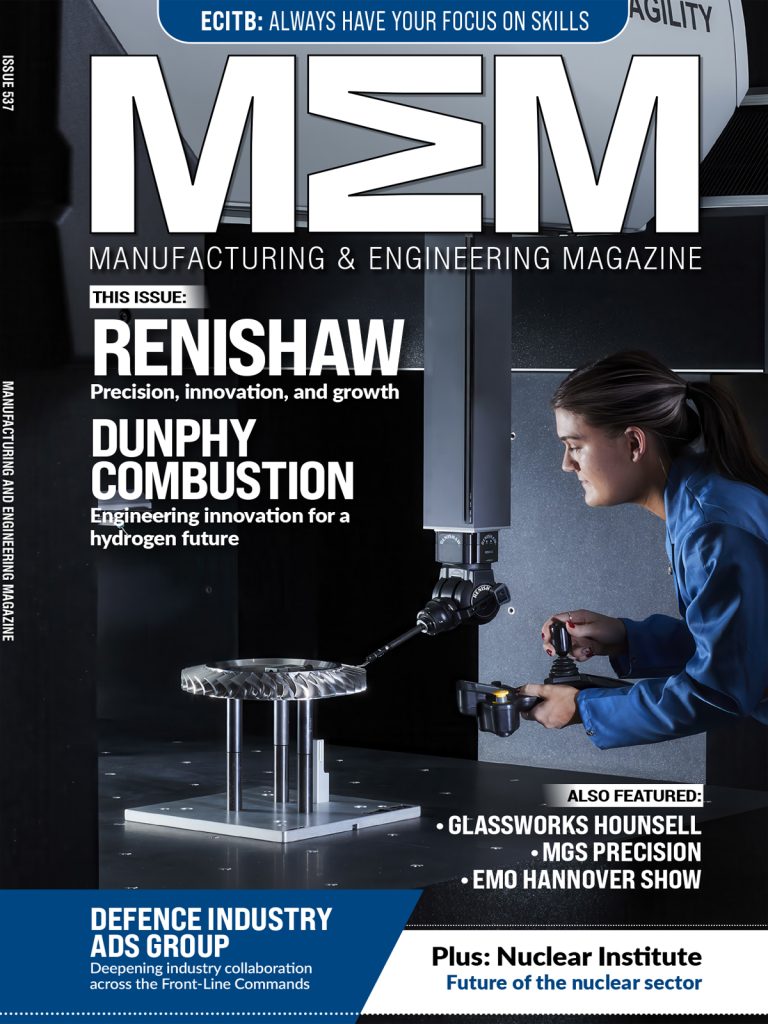Data from the World Economic Forum revealed that in 2019, 70 per cent of projects didn’t make it past the pilot stage purgatory. This figure is astounding — how is it possible for over two thirds of projects to fail at the first hurdle? Three years later, and it’s time we moved past this. Here, Johan Jonzon, CMO and co-founder of edge analytics pioneer Crosser, explains how manufacturers can prevent IoT project failure in the age of Industry 4.0.
Manufacturing groups all over the world are increasingly finding value in new technologies to make their operations more efficient. The latest tech development, cited by Gartner as a top innovation for 2021, is hyperautomation. The concept of hyperautomation is relatively simple — to automate as many processes across every layer of an organization as possible — but in practice, implementing a hyperautomation strategy can be challenging, with several possibilities to fall into pilot purgatory.
No need to upgrade
Adopting digital solutions is nothing new for manufacturers — Industry 4.0 has been in full swing for the best part of a decade. But with technologies constantly evolving, it can be difficult to keep pace and have confidence that a digital transformation project will be successful.
A desire to adopt modern technology in a bid to digitally transform may lead manufacturers to the conclusion that upgrading old legacy equipment is an essential first step. However, this can be daunting. After all, managing new and old equipment that is producing raw data using various protocols, and across several locations sounds like a challenging feat.
However, upgrading legacy equipment isn’t always the first step of a successful hyperautomation transformation. Instead, it’s about finding a way to access and unify data produced across a facility to build a bigger picture.
Ditching data silos
Having a constant stream of data from a wide range of incompatible sources makes it difficult to align operations, which can leave manufacturers with data silos. Data silos hinder productivity by preventing companies from seeing the scope of their operations. The information is there, but it’s not structured in a way that makes it meaningful.
Data from every system, from the top floor to shop floor, is separate in this unfavourable scenario. Having to evaluate several data silos one by one to determine which pieces of information are relevant to a given project, then collate and conclude these findings manually wastes time, money and resources and risks workflow gaps and critical errors.
Collecting data from a range of systems and sources is essential in Industry 4.0. But collecting, storing and analyzing it for company-wide accessibility by avoiding data silos is equally crucial. This is where the difficulties lie, and why projects fail — Crosser’s own benchmark survey revealed that 95 per cent of respondents consider creating real-time workflows and automations between systems challenging.
Inter-system intelligence
In order to successfully escape pilot purgatory and reach project completion, manufacturers need to find a way to integrate data gathered and stored by different sources — old and new — into one accessible system.
To support companies striving to buck the trend of project failure, Crosser has developed the first hyperautomation solution specifically designed for asset-rich and industrial companies. Crosser IPA — intelligent process automation — empowers businesses to integrate and automate every single layer of their organization and reach a hyperautomated state successfully.
The system supports over 700 systems and can integrate data from legacy systems, enterprise systems, Cloud applications and machine data into one streamlined system. Companies can also connect their Enterprise Resource Planning (ERP) applications, Manufacturing Execution Systems (MES) and core automation systems to a smart factory analytics platform and gain centralized access to different streams of data.
Omnipresent accessibility
What’s more, Crosser’s entire platform works on a low-code philosophy — its visual drag-and-drop studio means the software can be used by citizen developers, without a need for a dedicated team with extensive coding and developing experience, permitting even the smallest of industrial companies to hyperautomate successfully.
This is the approach that world leader in frozen potato products, Clarebout Potatoes, took when choosing to integrate Crosser’s edge analytics platform: “Crosser’s platform unlocks a far more granular way of managing data, as nodes are handled in smaller blocks. What’s more, because we were so reliant on coding and reprogramming each time we wanted to install a new process, we were constantly reinventing the wheel. Now, with Crosser’s drag-and-drop function, we are adapting to a more streamlined way of data management.”
Data from every corner of a business is available and understandable to all, in one seamless system, from the top floor to the shop floor. This empowers everyone in a company to benefit from the data and enables hyperautomation projects to go from pilot to completion quickly — and crucially — successfully.
For companies craving the cost and efficiency benefits of hyperautomation, and the desire to separate themselves from the project failure trend recognised by the World Economic Forum, removing data silos and uniting systems while maintaining organisation-wide accessibility holds the key to escaping pilot purgatory and entering hyperautomated heaven.
Crosser’s first hyperautomation solution, Crosser IPA, is now available. Sign up for a free trial here.
Manufacturing & Engineering Magazine | The Home of Manufacturing Industry News













